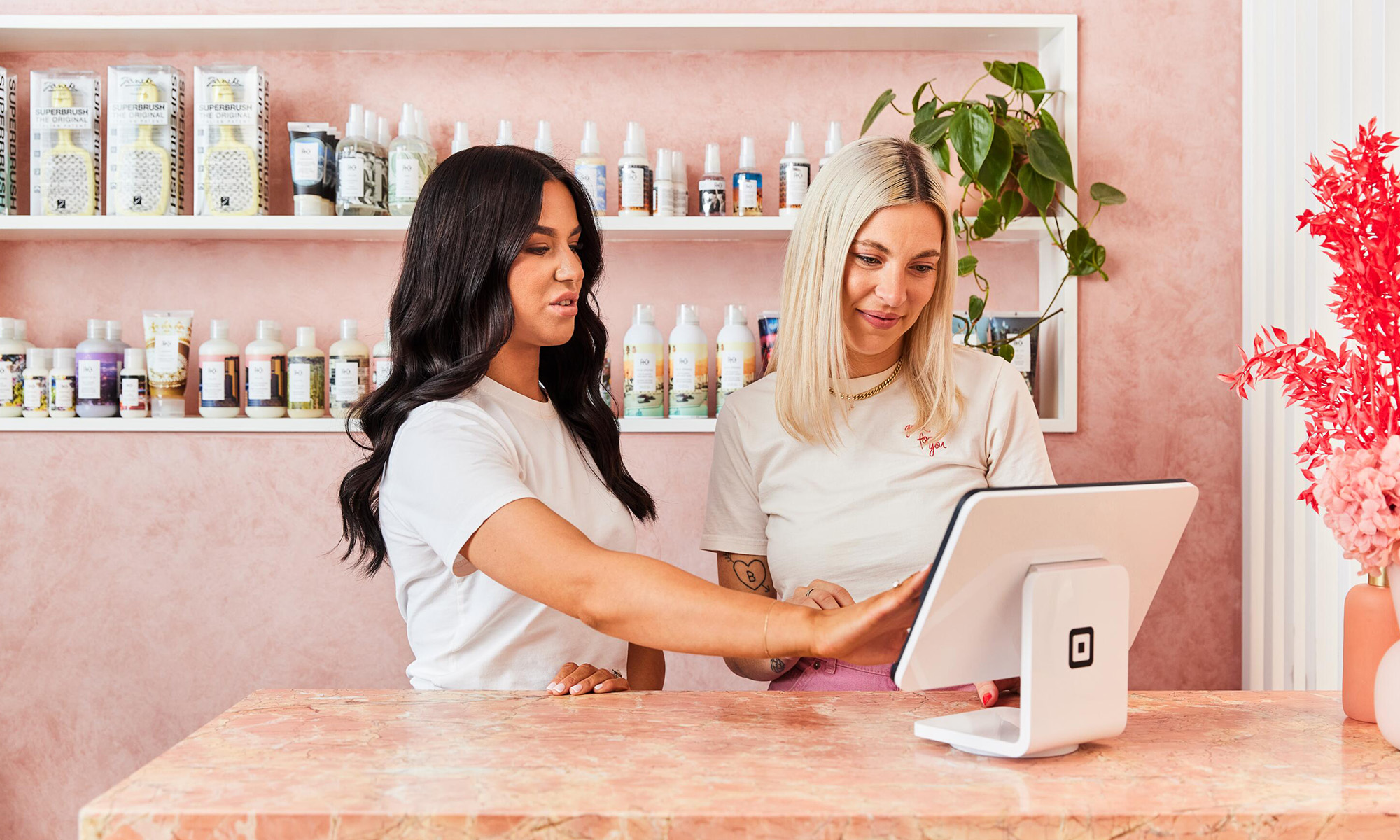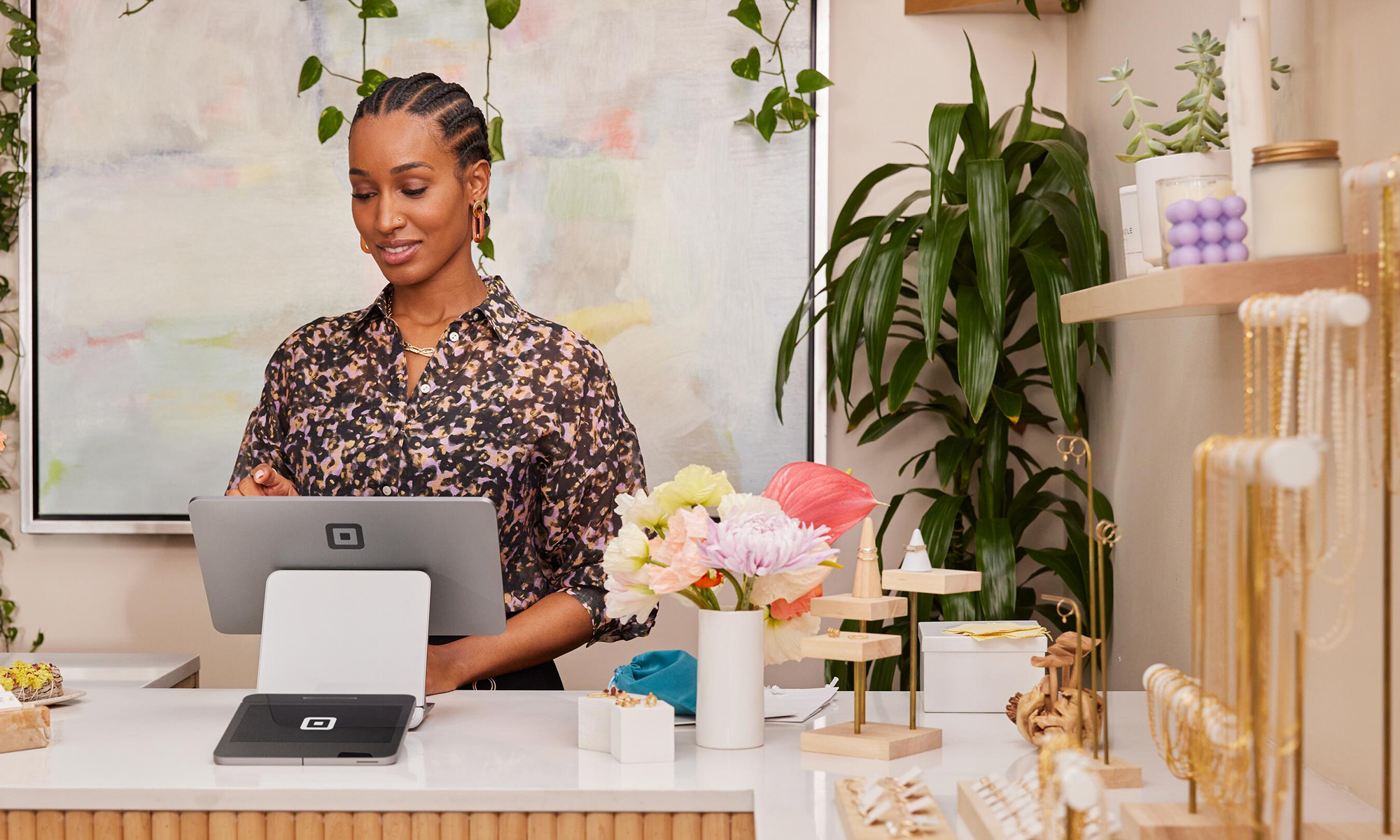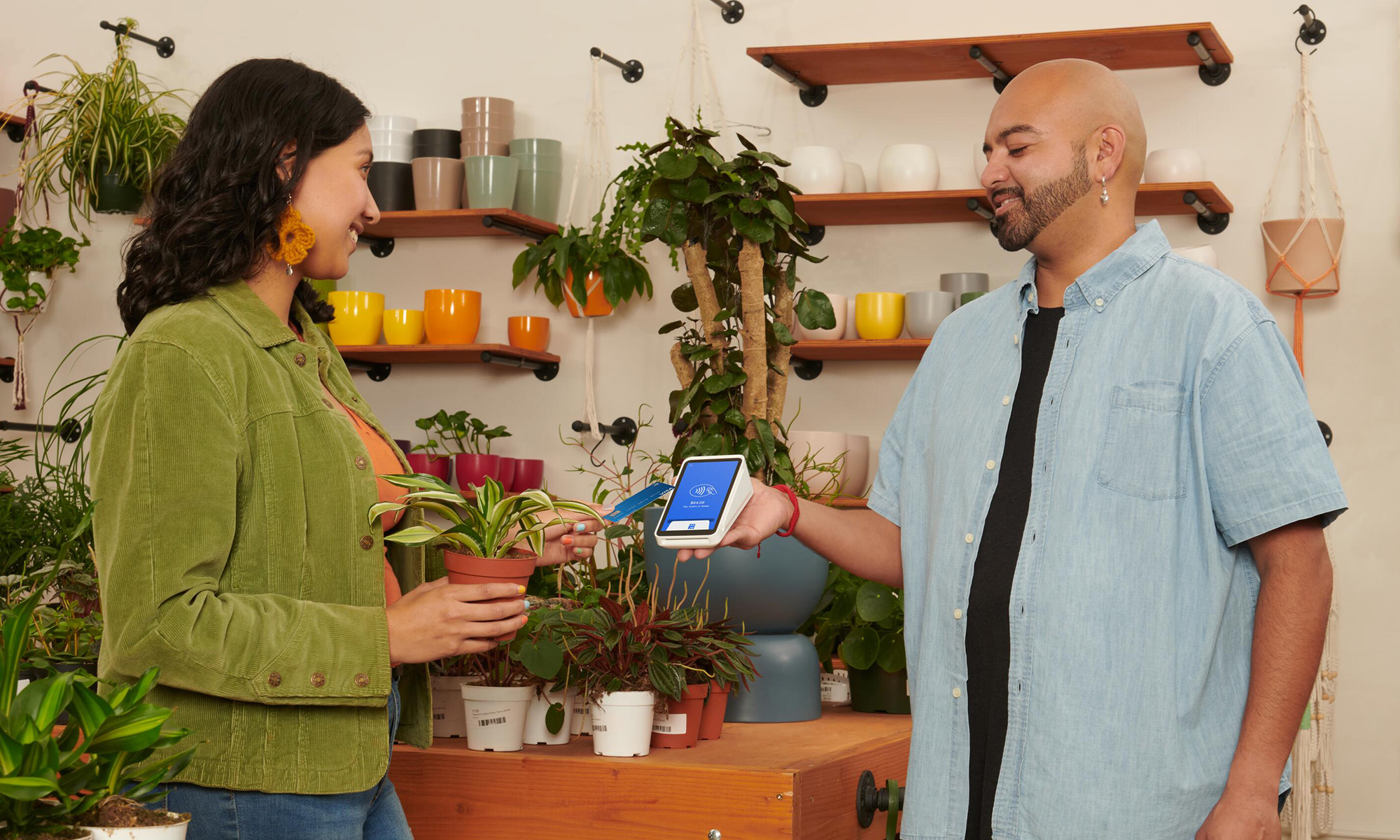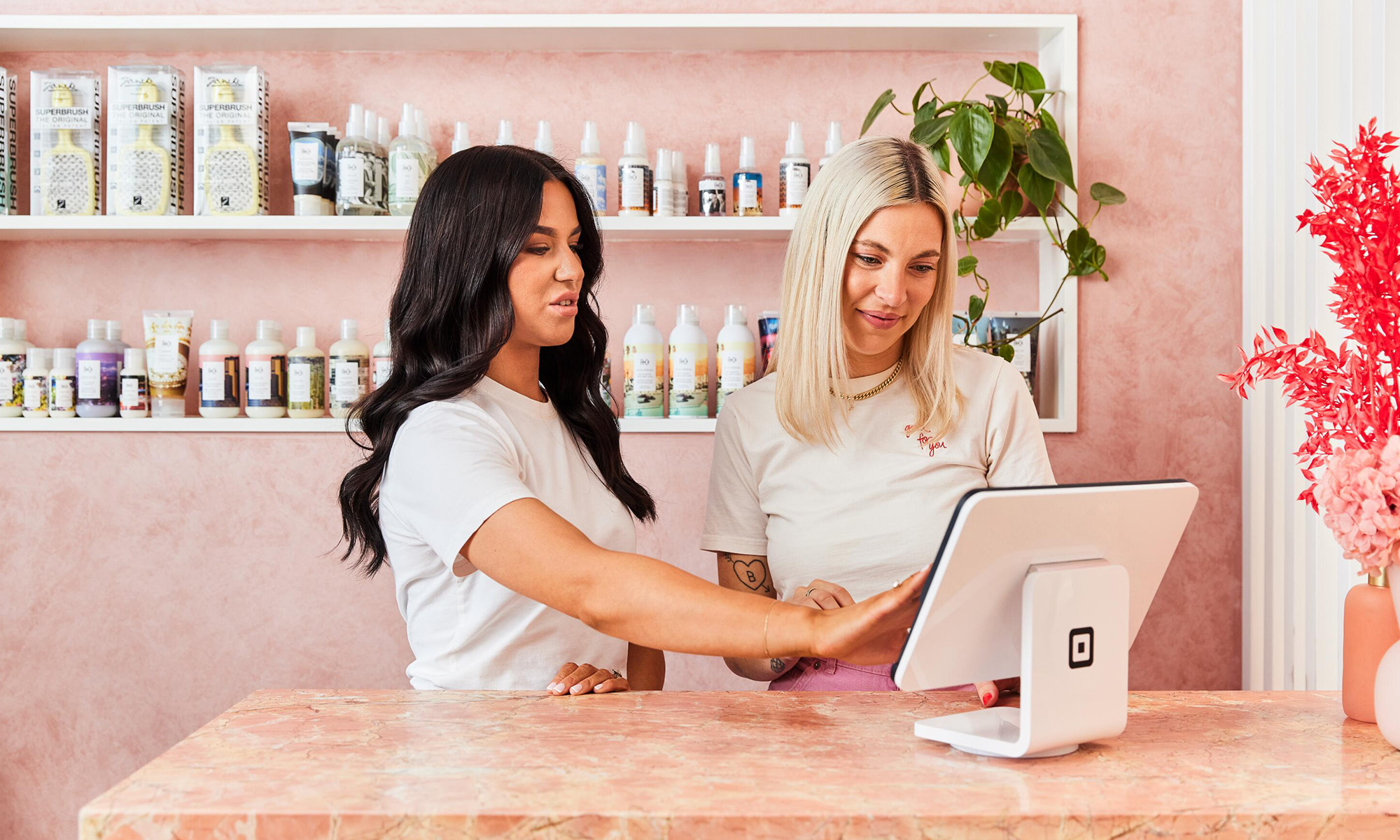Square (SQ 5.01%) just reported fourth-quarter 2017 earnings that beat expectations for both earnings and revenue, and its growth rate actually accelerated. While Square's growth to this point has been truly remarkable (at every outdoor craft market or festival I've been to lately, most merchants have Square's card readers), this could be just the beginning.
The headline numbers
Square beat fourth-quarter expectations on both the top and bottom lines. The company reported an adjusted profit of $0.08 per share, beating estimates by a penny, as well as $282.7 million in revenue for the fourth quarter, about $16 million more than analysts were expecting.
While this is certainly important, the real story of Square's fourth quarter requires looking beyond the headline numbers.

Image source: Square.
The amazing growth story continues
Square has been growing at a rate of more than 20% for some time. During the fourth quarter, not only did the growth continue, but it accelerated. In the third quarter, for example, Square's revenue had grown at a 33% year-over-year rate. During the fourth quarter, the revenue growth rate expanded even further to 36%.
Gross payment volume (GPV) through Square's payment processing platform grew by 31% year over year to $17.9 billion, and EBITDA grew by an extremely impressive 38%.
In addition to growing the number of merchants who use Square's payment platform, the company has done an excellent job of cross-selling products to its existing customers using data proprietary machine-learning models. Square claims that its strategies produced 300,000 successful cross-sales in 2017.
The Square Cash payment app for individuals also gained serious traction in 2017, ending the year with 7 million customers and increasing its ranking in the App Store from 123rd at the beginning of the year to 35th at the end.
Hardware revenue was strong, with 36% year-over-year growth, but 2018 could be the real story as the much-anticipated Square Register didn't start shipping until the end of 2017.
Finally, Square's "subscription and services" revenue nearly doubled over the past year. This includes products like Square Capital, the Caviar food-delivery platform, and Instant Deposit.
What's next?
As of this writing, Square trades for roughly 100 times forward earnings projections of $0.43 to $0.47 per share. This may sound like a steep price to pay, but I think it's well-justified given not only Square's current growth, but its long-term potential. The company has several ways to grow, which could ultimately turn it into a powerhouse.
In its letter to shareholders, Square discussed three specific areas of focus for 2018:
- Growing its "omnichannel commerce," which essentially means that the company aims to improve the ways sellers can engage with buyers.
- Expand financial services, particularly to businesses and individuals who have been "underserved by the traditional finance system." The Square Capital business-lending platform is a great example of a way Square can do this.
- Grow its international markets. Square is currently in four non-U.S. markets: Australia, Canada, Japan, and the U.K. The company aims to grow its presence in these markets, as many of Square's products and services are generating most, if not all, of their revenue in the U.S.
Square also has tremendous opportunity to look beyond small businesses, an area in which it has experienced success recently. While businesses with less than $500,000 in payment volume still make up 80% of Square's GPV, the percentage that comes from larger businesses has grown from 13% to its current 20% share over the past two years. It's fair to say that there's still some room to grow this relatively untapped revenue stream.
Additionally, I wouldn't be surprised if 7 million users is just scratching the surface of the Square Cash app's potential. Don't forget that the company did its full rollout of bitcoin trading after the end of the year, and even if the bitcoin trading doesn't generate a ton of revenue, it could bring millions more users into Square's ecosystem.
Finally, keep in mind that while Square's 2017 GPV of $65.3 billion sounds like a lot of money, and it is, this is still a small fraction of global card payments, and the market is growing fast. Square has estimated that worldwide card payment volume will reach $45 trillion annually by 2025, and the company's 2017 total represents just 0.15% of this amount. In a nutshell, Square has a huge addressable market, not just for payment-processing, but for all of its other products and services that these merchants could take advantage of as well.






